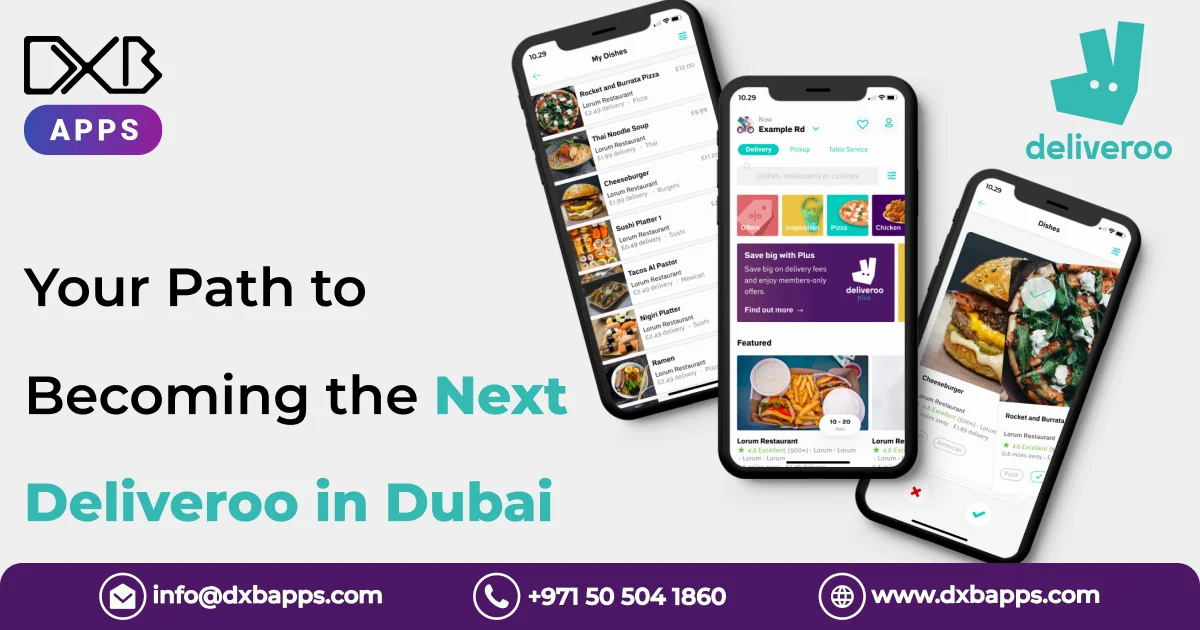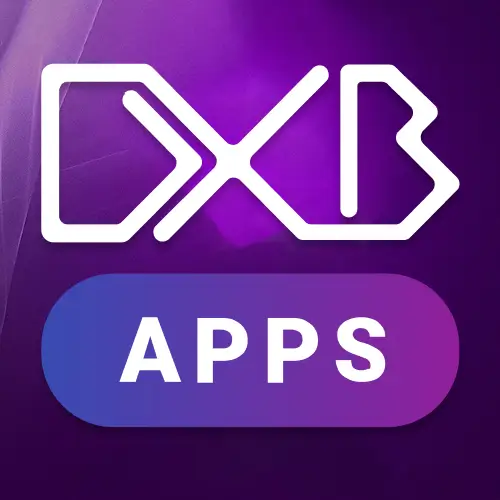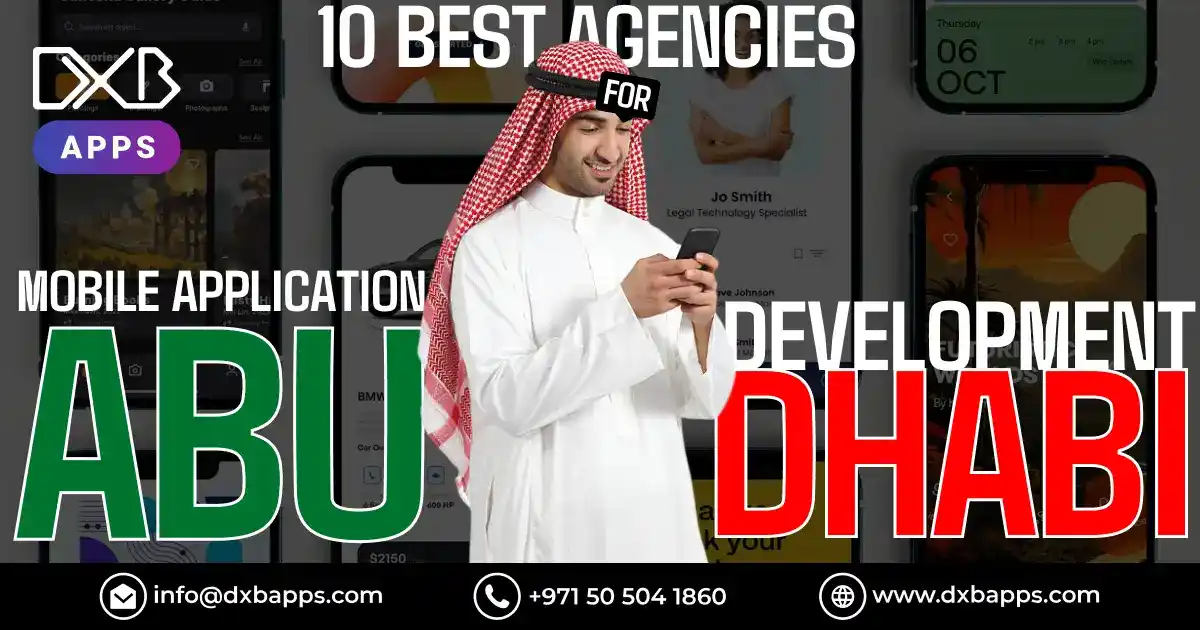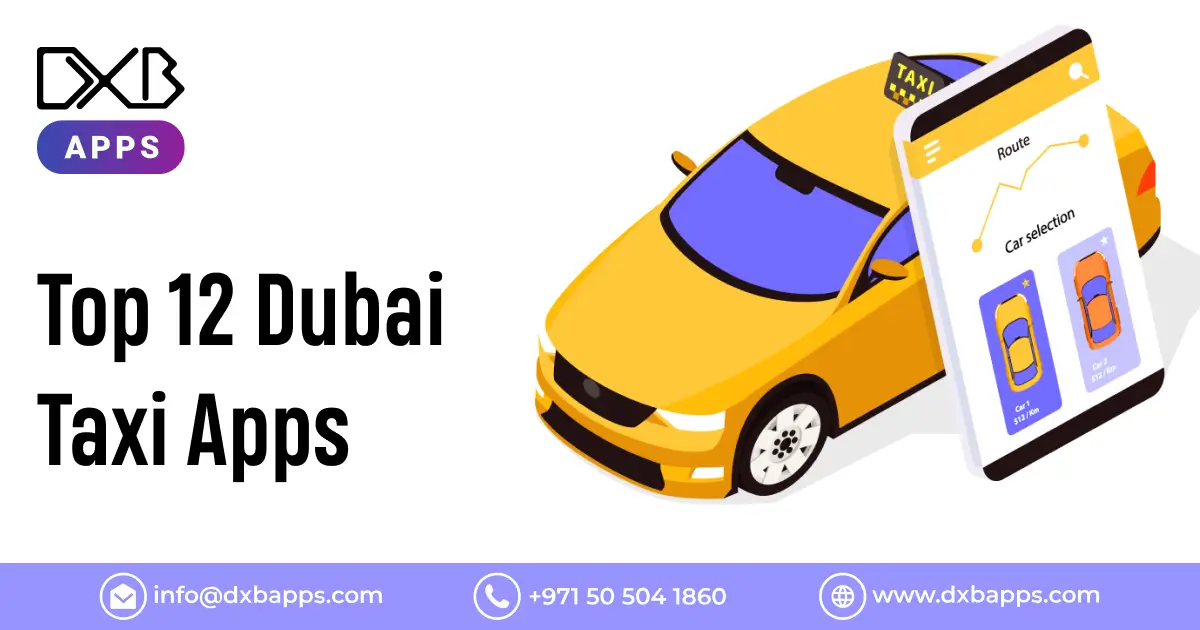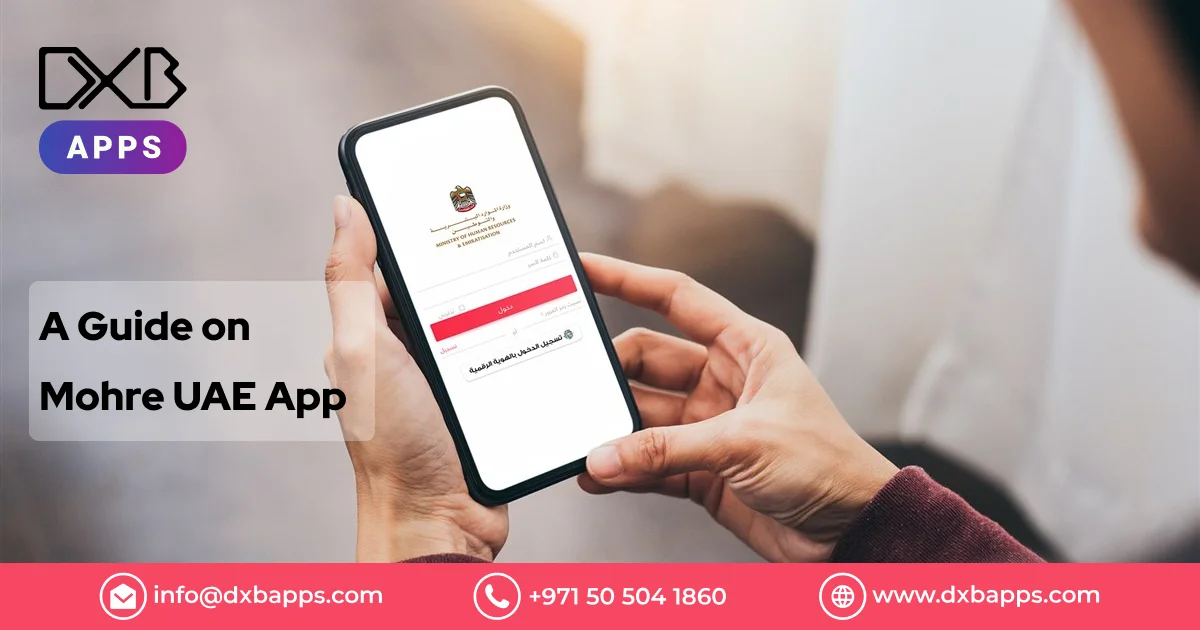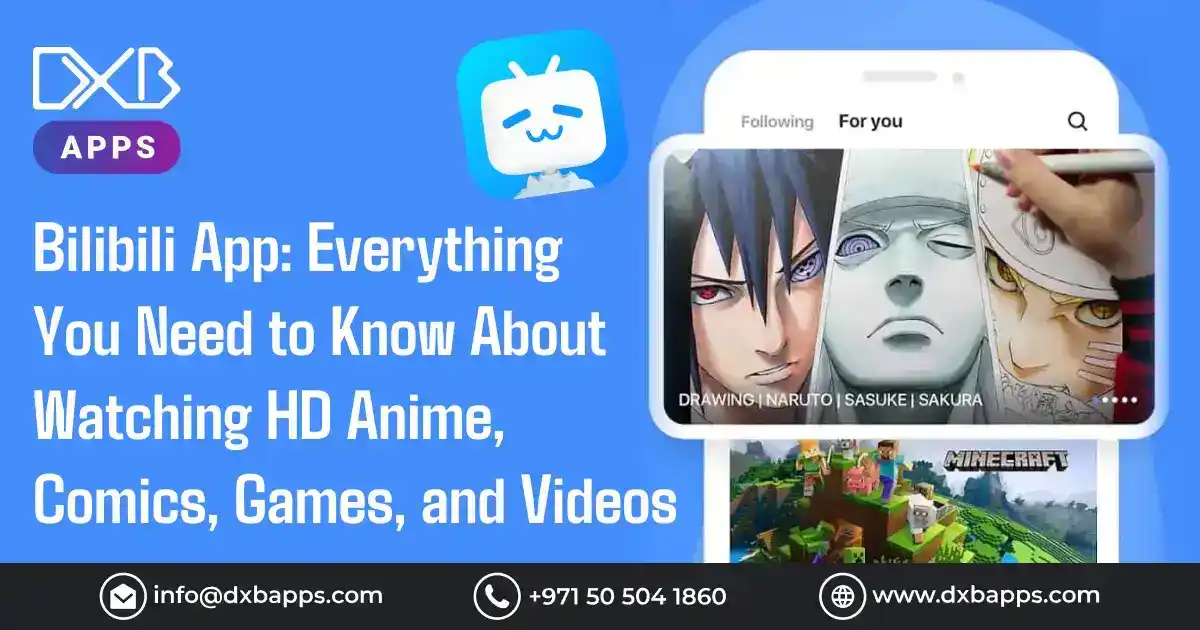1. Introduction
In the heart of Dubai, a city known for its ambition and innovation, the food delivery industry is undergoing a transformation. The demand for convenient and efficient food delivery services has skyrocketed, presenting a golden opportunity for entrepreneurs and businesses to establish themselves as the next Deliveroo. DXB Apps, a leading app development company in Dubai, stands at the forefront of this evolution, offering cutting-edge mobile app development services tailored to the needs of aspiring food delivery startups.
2. The Food Delivery Revolution
The concept of ordering takeout has been around for decades, but the advent of online delivery has revolutionized the way we satisfy our food cravings. Gone are the days when individuals, especially those with busy schedules or limited culinary skills, had to physically visit restaurants to get their favorite dishes. With online food delivery, anyone can indulge in their favorite meals, all from the comfort of their homes. It's a marriage of convenience and gastronomy that has captured the hearts and taste buds of people worldwide.
3. The Allure of Food Delivery
Why has online food delivery become a global phenomenon? The answer lies in the amalgamation of two precious commodities: comfort and food. Imagine a world where you can relax all day while someone else takes care of your chores. That's precisely what online food delivery offers – the luxury of indulging in delicious meals without the hassle of cooking or going out. It's the epitome of modern convenience.
4. The Deliveroo Success Story
Deliveroo, a household name in the food delivery industry, is a testament to the success of this business model. Originating in London, Deliveroo has grown exponentially over seven years and now operates in more than 84 cities worldwide. Their app seamlessly connects hungry customers with a diverse range of cuisines and restaurants, ensuring food gets delivered right to their doorstep. In a nutshell, apps like Deliveroo create an ecosystem that brings together restaurants, customers, and delivery partners, making it a win-win for everyone involved.
5. The Food Delivery Market
We live in a fast-paced world where cooking three meals a day seems like a luxury. The ever-increasing competition demands more effort and time from us, leaving little room for culinary adventures. This shift in lifestyle has fueled the growth of the online food delivery market. According to Statista, this market has doubled since 2015 and is projected to continue growing at a rate of 28% until 2023.
The online food delivery market thrives in countries like the United States, China, and India, where app downloads are at their peak. A significant 26% of users worldwide order food online at least once a week, with 34% of them spending a minimum of USD 50 per order. These statistics underline the global popularity of online food orders.
6. Seizing the Opportunity
If you're intrigued by the potential of the online food delivery world and its promising trajectory, now is the perfect time to embark on your journey. You may think it's a daunting task, but all you truly need is determination and a unique idea. The technical aspect can be handled by companies like DXB Apps, experts in mobile app development.
6.1 Diverse Delivery Models
There are various food delivery app models, each catering to specific market needs. Let's explore three of the most prominent ones:
6.2 Aggregator Model
The aggregator model is ideal for those seeking minimal investment in fixed assets. It involves providing the technology to facilitate online deliveries. In this model, your platform connects restaurants with customers, with delivery support being outsourced to a third party. Your role is primarily to create the bridge between restaurants and hungry customers.
6.3 Restaurant Model
Under the restaurant model, a single restaurant or café develops its app for exclusive food delivery. This approach allows restaurants to broaden their customer base, catering even to those who cannot dine in. Restaurants can choose to manage deliveries in-house or partner with external aggregators for this purpose.
6.4 Logistical Support Model
This model enhances the aggregator model by adding logistical support. Your company not only provides the platform but also manages the entire delivery process. This comprehensive approach ensures the satisfaction of all parties involved - restaurants, customers, and delivery personnel.
7. Features for Success
Food delivery app development is more than just having the right idea; it's about implementing essential features. Your app should seamlessly satisfy all stakeholders - customers, restaurants, and delivery partners.
7.1 Easy Ordering
Efficiency is paramount when hungry customers are placing orders. Your app must make food ordering a hassle-free experience, ensuring customers can place orders swiftly and effortlessly.
7.2 Convenient Payment Options
Payment convenience matters. Provide multiple payment options, including cash, electronic payments, and rewards. Incorporate promo codes and offers to incentivize specific payment methods.
7.3 User-Friendly Onboarding
Simplify the signup process. Let customers join with minimal effort and gather additional information when they place their first order. Smooth onboarding encourages users to stay and explore.
7.4 Comprehensive Information
Transparency builds trust. In the realm of online food delivery, customers rely on your app to provide comprehensive details about their orders, including preparation and delivery times, as well as real-time location tracking of delivery personnel.
7.5 Effortless Navigation
Ensure your app offers easy navigation for all users. Allow customers to browse different restaurants, categorize them by cuisine, pricing, location, and reviews. Implement a robust search feature for quick access.
7.6 Pickup Option
Give customers an edge with a pickup option. Allow them to order before arriving at the restaurant, reducing wait times and enhancing convenience.
7.7 Real-Time Customer Support
Customers appreciate immediate solutions. Offer real-time customer support to resolve queries and issues promptly, enhancing their overall experience.
8. Tailored for All
Online food delivery apps cater to a diverse audience with multiple stakeholders, and their needs vary. Your app should have distinct interfaces to accommodate everyone involved.
8.1 Customer App
For customers, your app should offer features like rating and reviews, order tracking, various payment options, and social media account login for easy access.
8.2 Restaurant App
Restaurants need tools for menu management, push notifications, and access to reports on demand and customer satisfaction to maximize their offerings.
8.3 Admin App
Admins should have access to send notifications, manage different panels, implement surge pricing, and generate payment reports to ensure smooth operations.
8.4 Revenue Generation
Creating an online food delivery app opens doors to various revenue streams. While you might not earn directly from the food orders, you can monetize the value you provide to stakeholders.
8.5 Delivery Charges
Charge customers for the convenience of doorstep delivery. A percentage of food orders can serve as your delivery charge.
8.6 Commission Charges
Restaurants benefit from your platform. Charge them based on the business you bring to them. Commission charges often depend on the volume of orders your app generates for restaurants.
8.7 Surge Pricing
During peak demand, apply surge pricing to prioritize orders. Customers willing to pay more can receive their orders faster. Surge pricing helps manage demand effectively.
8.8 Advertising Charges
Highlight restaurants to maximize their visibility. Charge advertising fees to showcase restaurants prominently, run food ads, or position them ahead of competitors in search results.
9. The Technology Backbone
Creating an app like Deliveroo requires a robust technology stack. Here's an overview of the tech tools and platforms you'll need:
-
Application & Data: Utilize technologies like Python, NGINX, CloudFlare, Ruby, Amazon EC2, and more to manage app functions and data.
-
DevOps: Employ tools like GitHub
-
Business Tools: Utilize essential business tools like Jira, G Suite, Zendesk, and Slack to streamline operations and facilitate communication within your team.
9.1 Setting the Budget
Before diving into development, define your app's features and functionality. This clarity is crucial, as it will guide the developers in bringing your concept to life. The cost of creating an app like this can range from $30,000 to $50,000, but it's essential to keep in mind that these figures are approximate. Some development companies may charge more, so it's crucial to find the right balance between cost and quality.
9.2 Define Your Unique Selling Proposition
Your app must stand out from the competition. Define your Unique Selling Proposition (USP) – the element that sets you apart from others in the market. Your USP will serve as the cornerstone of your app development strategy.
9.3 Crafting the Strategy
Start with a deep dive into understanding your business, its features, offerings, and target audience. Develop a roadmap, analyze market demand, and calculate the budget based on your strategy.
9.4 Prototyping
Create user interfaces for different app components. The UI and UX design will vary depending on your core offering and how you intend to present the end product. Pay attention to details such as design aesthetics, color schemes, and user-friendliness.
9.5 Iterations
Deploy a Minimum Viable Product (MVP) as early as possible to gather feedback from users. Iterations based on user input are crucial for refining your app and aligning it with customer needs.
9.6 Quality Assurance
Prior to launch, conduct thorough quality assessments. Ensure the app functions seamlessly across different devices and identify and rectify any minor issues or interface problems. A flawless app ensures customer satisfaction.
9.7 Continued Partnership
Your app's development journey doesn't end at launch. Successful development companies maintain an ongoing relationship with their clients. They provide support, resolve issues post-launch, and work on app updates as market needs evolve.
10. Customer-Centric Approach and Future Trends
To emerge as the leading player in the food delivery app arena, put the customer at the center of everything you do. When you focus on your customers and their needs, success follows naturally.
10.1 Contactless Orders
As people grew more cautious, contactless orders became the norm. QR codes have become integral for browsing menus and placing orders without physical contact with menus or servers.
10.2 Virtual Kitchen Tours
Restaurants responded by offering virtual kitchen tours, showcasing their safety measures and food preparation processes. Transparency reassures customers about the safety of their orders.
10.3 Safety Precautions
Safety precautions, such as sanitization, surface disinfection, and mandatory protective gear for staff, have become standard. Restaurants have focused on creating a clean and safe dining environment.
10.4 Virtual Queues
Virtual queues, whether for ordering or dining in, have gained popularity. Customers can place orders in advance and receive their food without waiting in line.
Partner with DXB Apps to build app like Deliveroo
Ready to dominate the food delivery scene in Dubai? Partner with DXB Apps to develop your app like Deliveroo. Elevate your business, delight your customers, and seize the future today!

